E-commerce has revolutionized how we buy and sell products and services. What was once limited to physical stores is now a vast, global market accessible from the comfort of your home. From small businesses to global enterprises, e-commerce provides opportunities to scale, reach, and connect like never before.
This comprehensive guide will explore the technical components of e-commerce, the 7 essential features of e-commerce, the forces driving e-commerce, its types, objectives, and benefits. Whether you're a budding entrepreneur or an established business looking to grow, this guide will help you harness the power of e-commerce effectively.
Understanding E-commerce
At its core, e-commerce, or electronic commerce, refers to the buying and selling of goods and services through the internet. It encompasses various models such as retail, wholesale, subscription services, crowdfunding, and digital products. Today, e-commerce is the backbone of the digital economy, driven by technology, consumer behavior, and globalization.
In India, the e-commerce sector has experienced unprecedented growth, with platforms like Amazon, Flipkart, and Myntra leading the way. Emerging players and niche marketplaces are also carving a space in the ever-growing ecosystem.
At Attractive Web Solutions, we specialize in creating and managing e-commerce portals to help businesses thrive in this competitive landscape.
Technical Components of E-commerce
Behind every successful e-commerce platform are key technical components that ensure a seamless experience for both businesses and customers. Let’s delve into these critical elements:
1. Website Development
A professional, responsive, and user-friendly website is the foundation of e-commerce. It should offer:
- Easy navigation
- Mobile-friendly design
- Fast loading times
- Clear calls-to-action
The website must also be optimized for search engines to attract organic traffic.
Read Also | Why Your Business Needs a Mobile-First Website Design
2. Payment Gateways
Secure and versatile payment systems enable smooth financial transactions. A good payment gateway supports multiple methods, including:
- Credit/debit cards
- UPI payments
- Digital wallets (e.g., Paytm, Google Pay)
- Bank transfers
Payment gateways like PayPal, Stripe, and Razorpay ensure safe and encrypted transactions.
3. Database Management
A reliable database system stores critical information, such as customer data, product inventory, and order histories. It helps businesses manage and retrieve data efficiently, ensuring smooth operations.
4. Shopping Cart System
The shopping cart is a pivotal feature, allowing customers to:
- Add or remove products
- View total pricing with taxes and discounts
- Proceed to checkout
A robust shopping cart system should be intuitive and error-free.
5. Order Management System (OMS)
The OMS tracks orders from the moment they are placed until they are delivered. It ensures transparency by keeping customers informed of order status and helps businesses manage inventory effectively.
6. Logistics and Delivery Integration
Timely delivery is crucial in e-commerce. Partnering with reliable logistics providers and integrating tracking systems ensures customer satisfaction.
7. Security Features
E-commerce platforms handle sensitive customer information. To prevent data breaches, platforms must employ:
- SSL certificates
- Data encryption
- Firewalls
- Regular vulnerability testing
7 Essential Features of E-commerce
The success of an e-commerce platform depends on its ability to provide a smooth and engaging experience for users. These seven features are crucial:
1. User-friendly Interface
An intuitive layout ensures easy navigation. A good design keeps users engaged, reduces bounce rates, and improves conversion rates.
2. Search Engine Optimization (SEO)
Effective SEO practices help e-commerce websites rank higher on search engines. Optimized product pages, meta tags, and keywords attract organic traffic.
Read Also | Organic Impressions in SEO: Boost Your Online Visibility Naturally in 2024
3. Mobile Compatibility
With mobile shopping dominating e-commerce, platforms must be mobile-friendly or have dedicated apps for Android and iOS users.
4. Multiple Payment Options
Diverse payment methods, including international payment options, enhance customer convenience and accessibility.
5. Product Customization
Allowing customers to choose sizes, colors, and configurations makes shopping more engaging and personalized.
6. Personalization and Recommendations
AI-driven recommendations based on browsing history or previous purchases boost sales and customer satisfaction.
7. Robust Customer Support
Live chatbots, 24/7 support, and self-help sections address customer queries instantly, building trust and loyalty.
Forces Driving E-commerce Growth
The exponential growth of e-commerce is fueled by several key factors:
1. Technological Advancements
Innovations in artificial intelligence, machine learning, and blockchain have enhanced operational efficiency and security in e-commerce.
2. Widespread Internet Access
The proliferation of affordable data plans has made the internet accessible to millions, increasing online shoppers worldwide.
3. Convenience Culture
Modern consumers value convenience. E-commerce caters to this need by offering 24/7 access to products and services.
4. Globalization
Cross-border e-commerce enables businesses to sell internationally without the need for physical expansion.
5. Social Media
Platforms like Instagram, Facebook, and Pinterest have become significant e-commerce channels, enabling businesses to directly market and sell products.
6. Government Support
Initiatives like India’s "Digital India" and efforts to boost digital payment adoption have further propelled e-commerce growth.
Types of E-commerce
E-commerce caters to diverse business models. Here are the most prominent types:
1. Business-to-Consumer (B2C)
The most common model, where businesses sell directly to consumers. Examples include Amazon and Flipkart.
2. Business-to-Business (B2B)
Transactions occur between businesses, such as wholesalers supplying retailers or manufacturers working with distributors.
3. Consumer-to-Consumer (C2C)
Platforms like eBay and OLX facilitate transactions between individuals, allowing them to buy and sell goods directly.
4. Consumer-to-Business (C2B)
Individuals offer products or services to companies, such as freelance designers selling their work to businesses.
5. Mobile Commerce (M-commerce)
All transactions conducted on mobile devices, from shopping to banking, fall under m-commerce.
6. Social Commerce
Businesses use social media platforms to sell directly to consumers, leveraging the power of engagement and community.
Objectives of E-commerce
E-commerce aims to achieve several strategic objectives, including:
- Market Expansion: Breaking geographical barriers to reach global audiences.
- Cost Efficiency: Reducing operational and inventory costs compared to physical stores.
- Enhanced Customer Experience: Offering personalized, seamless shopping journeys.
- Revenue Growth: Boosting sales through targeted advertising, cross-selling, and upselling.
- Building Brand Loyalty: Leveraging exceptional service and loyalty programs to retain customers.
Benefits of E-commerce
For Businesses-
- Lower Operational Costs: Minimal overhead compared to physical stores.
- Global Reach: Access customers worldwide without physical expansion.
- Data-Driven Insights: Analyze consumer behavior for strategic planning.
For Consumers-
- Convenience: Shop anytime, anywhere.
- Variety: Explore a vast range of products and brands.
- Competitive Pricing: Take advantage of discounts, deals, and cashbacks.
Why Choose Attractive Web Solutions?
At Attractive Web Solutions, we provide:
- Customized e-commerce portal development services tailored to your business.
- Professional e-commerce account managers and product management services.
- Efficient e-commerce listing services to optimize product visibility.
With a proven track record of helping clients succeed in e-retailing, we are your trusted partner for comprehensive e-commerce solutions.
Conclusion
E-commerce has redefined how businesses operate and how customers shop. By understanding its components, features, and benefits, businesses can unlock limitless opportunities in the digital marketplace.
If you’re ready to embrace e-commerce or enhance your existing setup, Attractive Web Solutions is here to guide you every step of the way. Contact us today to take your business to the next level!

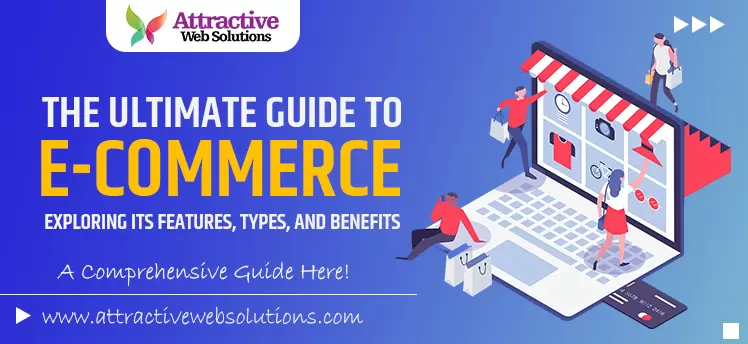

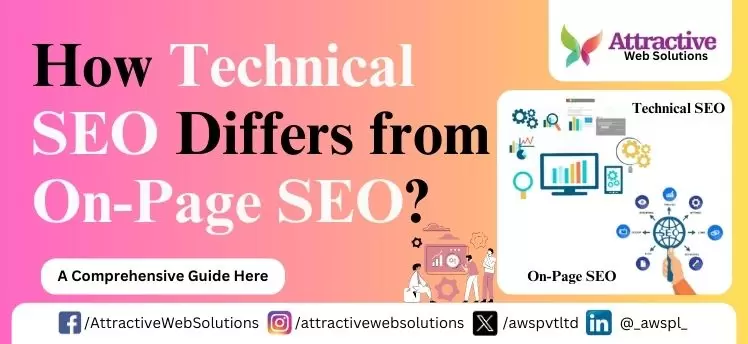
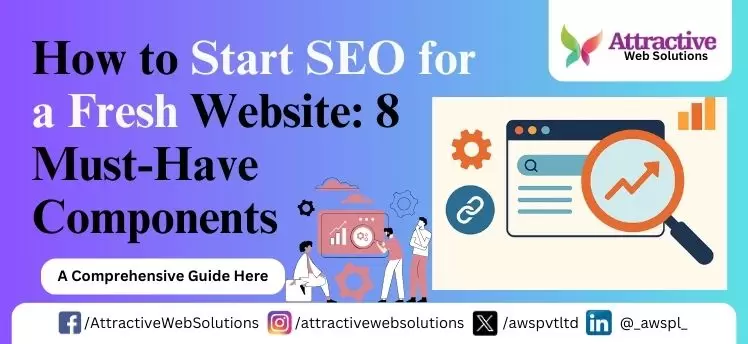


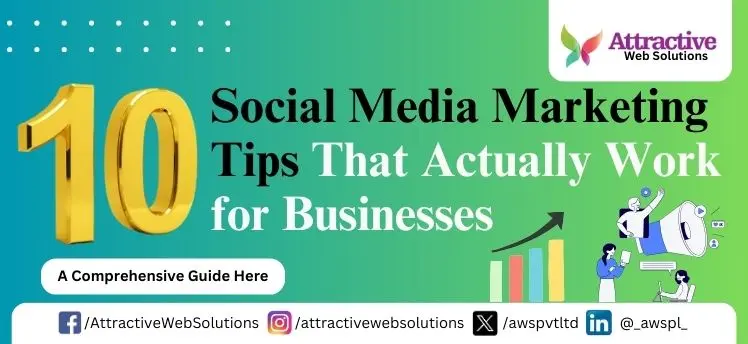
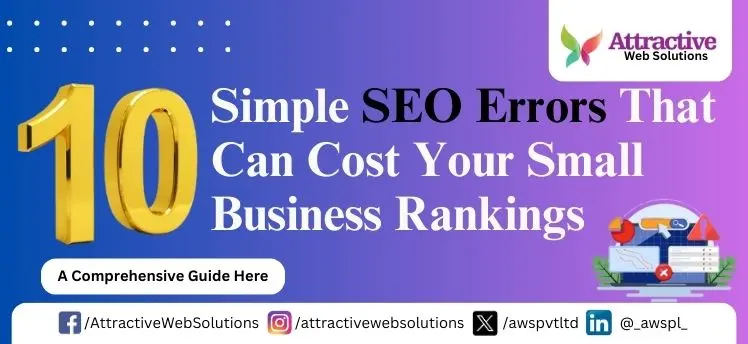
0 Comments